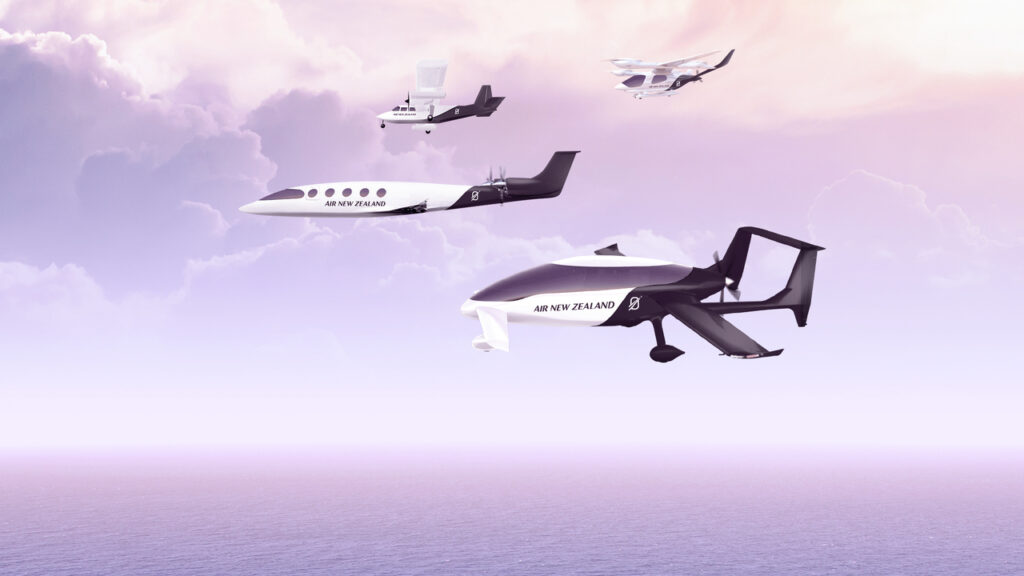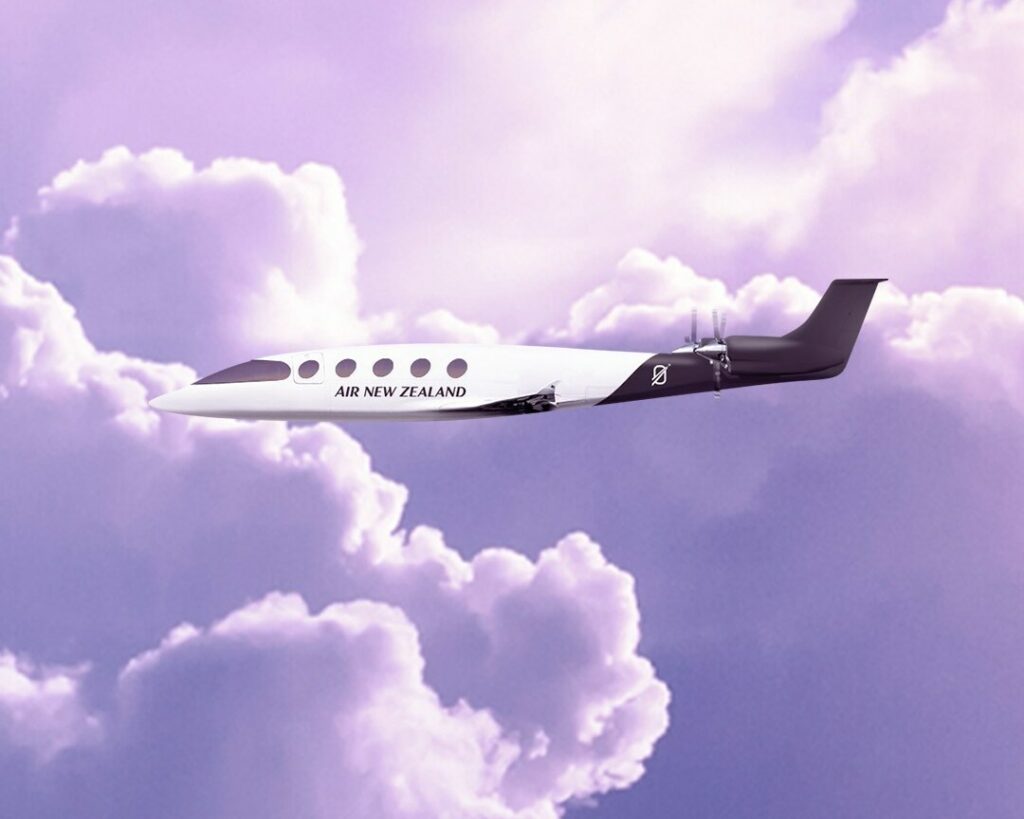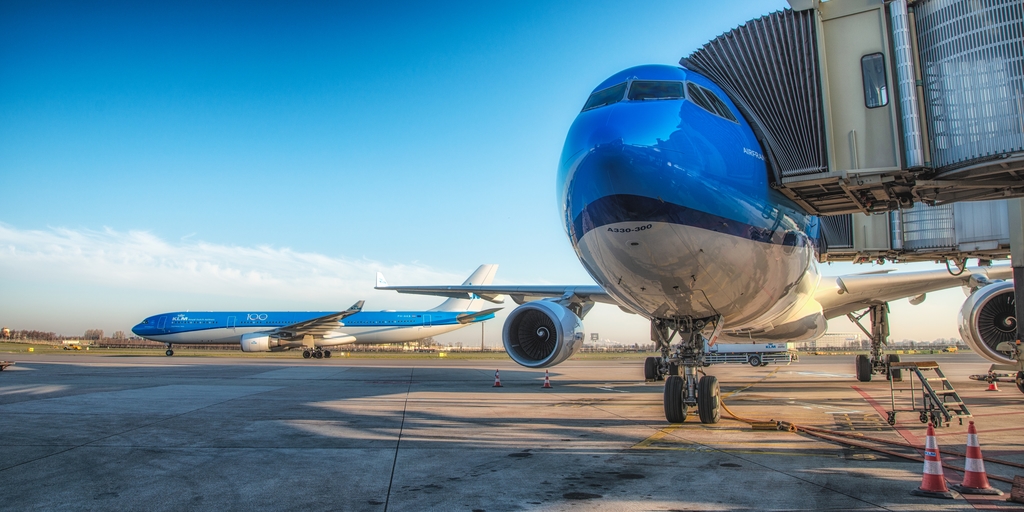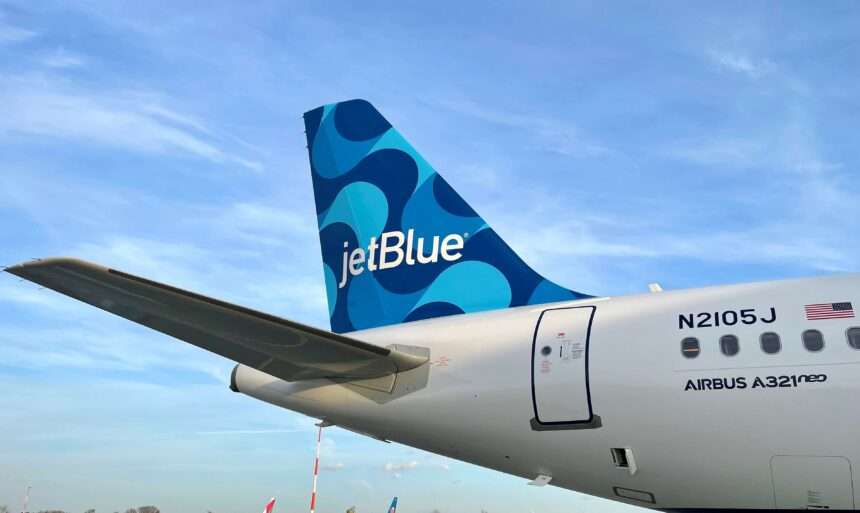As part of the airline’s ‘Mission Next Gen Aircraft’ announced late last year, Air New Zealand has opened an Expression of Interest (EOI) to airports around the country as part of selecting a route to fly its commercial demonstrator aircraft from 2026.
Mission Next Gen Aircraft
In 2022, Air New Zealand unveiled its ambitious ‘Mission Next Gen Aircraft’ initiative, which aims to pave the way for a greener future in air travel.
The next step in this forward-looking project, announced in the latter part of the year, involves inviting expressions of interest from airports across New Zealand.
The purpose behind this invitation is to determine the most suitable route for the airline’s forthcoming commercial demonstrator aircraft, scheduled to take flight from 2026.

The commercial demonstrator aircraft
The commercial demonstrator aircraft is yet to be selected but will be either electric, hybrid or hydrogen fuel celled and will initially operate as a cargo only service.
[monsterinsights_popular_posts_inline]
The specifics of the demonstrator aircraft, while yet to be finalized, encompass three possible power sources: electric, hybrid, or hydrogen fuel cells. In its initial phase, this aircraft will be utilized exclusively for cargo transportation.
Air New Zealand’s proactive approach in seeking out airports willing to contribute to aviation decarbonization and embrace a leadership role in crafting the necessary infrastructure is commendable.

Selection of two airports
The EOI, which Air New Zealand has now released, outlines a comprehensive set of operational requisites that need careful consideration, including factors such as the aircraft’s range capabilities.
Kiri Hannifin, the Chief Sustainability Officer of Air New Zealand, emphasizes the pivotal role that two selected airports will play in ushering in a new era of lower-emission aircraft within the Aotearoa aviation landscape.
She underscores the significance of the airline’s commitment to mitigating its carbon footprint and the substantial effort required to achieve this goal. The EOI process symbolizes a decisive stride towards this environmental objective.
Hannifin articulates, “Next-generation aircraft development is a cornerstone of our strategy to revolutionize our operations and diminish our carbon impact.”
“While the path to aviation decarbonization presents formidable challenges, our determination to expedite emissions reduction remains unwavering. The Expression of Interest process represents yet another substantial stride towards realizing this ambition.”
The broader implications of this initiative are palpable. The integration of two frontrunner airports into this visionary mission is anticipated with enthusiasm.
However, it is imperative to recognize that the engagement of all airports across New Zealand holds a vital role in the broader pursuit of introducing next-generation aircraft into the country’s aviation grid.
Deployment on domestic routes by 2030
Over the upcoming years, Air New Zealand is dedicated to advancing its aspiration of deploying next-generation aircraft on domestic routes by 2030. This period will be characterized by extensive efforts in assisting the development, testing, and certification of the aircraft itself, along with the associated infrastructure.
The airports selected to be part of this pioneering venture will function as torchbearers in facilitating the assimilation of this groundbreaking technology.
They will act as conduits for the exchange of information and insights among airports nationwide. This collaborative drive seeks to drive the transformative changes essential to meet the impending fleet replacement demands post-2030.

Click the banner to subscribe to our weekly newsleter.








